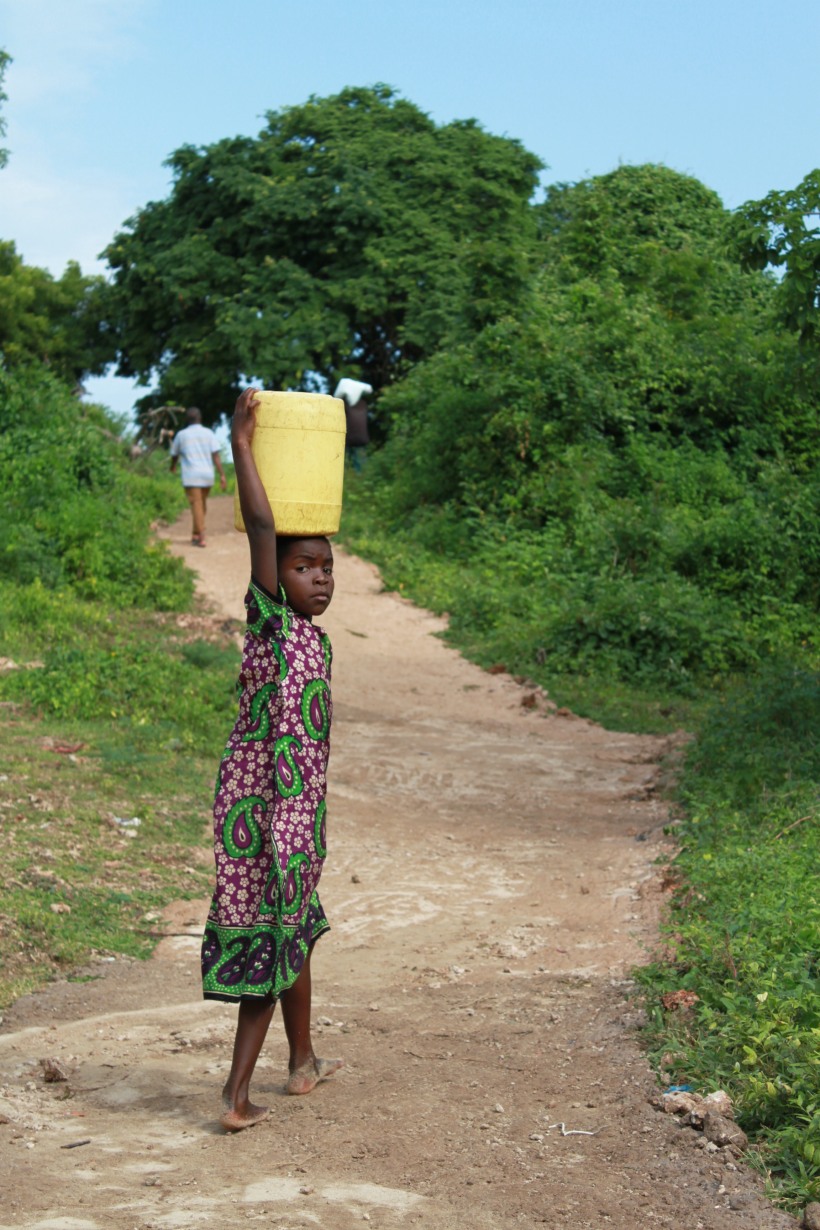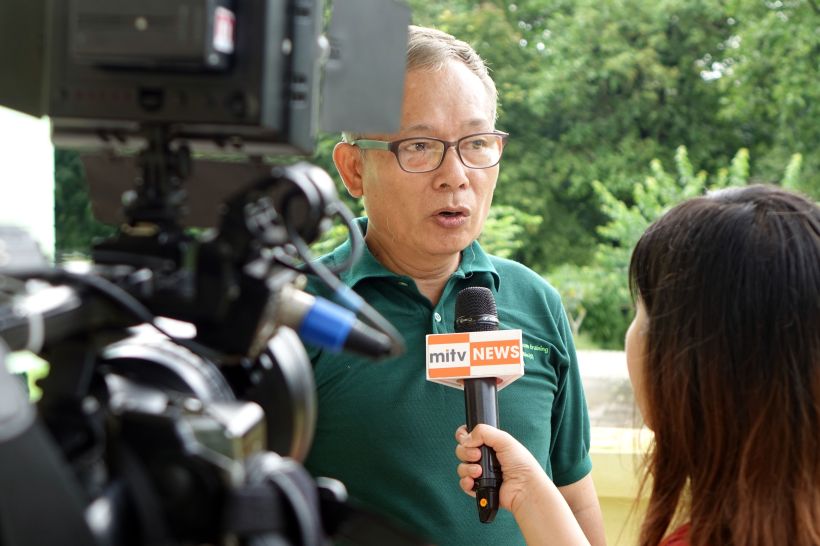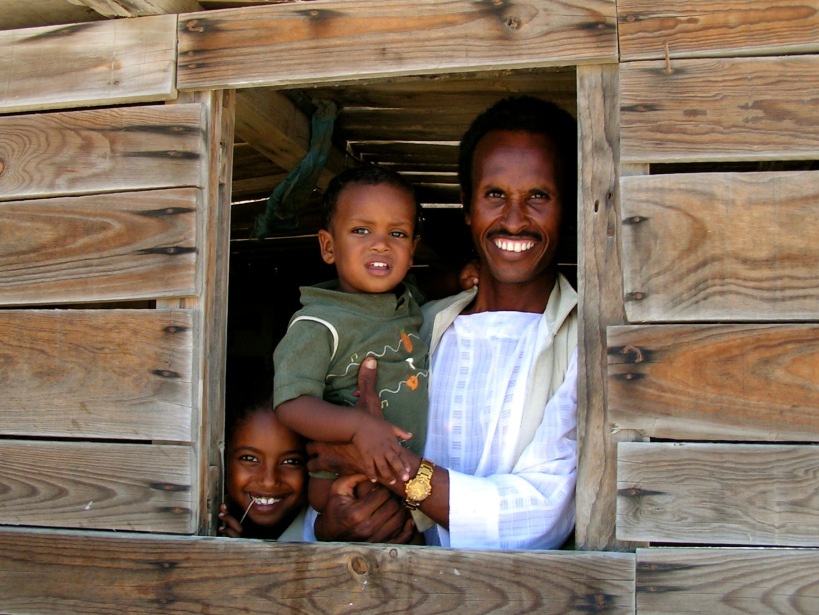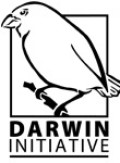Using images to promote our work
The Darwin Initiative commonly uses photos provided by our projects to help promote the programme and its objectives. I am a keen photographer and have regularly contributed photos from my travels to Darwin publications. In fact I was very happy to get the front cover of the recent publication on SDGs and Darwin – I took this image while in the field in Kenya evaluating 2 Darwin projects.

Girl carrying water in Mkwiro, Kenya 2015. Credit L King
Some of our projects are prolific in sharing photos and as a result have featured heavily in Darwin publications. It seems that as a general rule, if you share good images with the Darwin Initiative your project gets better coverage.
Great photos tell a story
Working in Monitoring and Evaluation I’ve found photographs to be a really powerful tool when portraying the results of projects. Pictures really can tell a thousand words. However pictures can also manipulate the story being told.

Reaching a wide audience – talking on TV in Myanmar, 2012. Photo Credit: P Bates
When we ask for images from our projects we also ask that they send in a description of the photo and credits for who took the photo. In the past this was largely shots of biodiversity or project staff at work.
However, as Darwin increasingly engages in issues of poverty the types of images we receive has expanded into classic development photographs. With this move into development photography, Darwin (and by extension our Darwin projects) have an obligation to ensure the stories we tell with our images and publications are dealing ethically with the people featured.

Beija man and his children – Dungonab MPA. Credit T Chekchak
Ethics of photos
Helpfully ODI hosted a Twitter chat some months ago to explore how development organisations can improve the way they use photography. It has the hashtag #Devpix if you are interested and the discussion has been helpfully curated here on Storify
This sparked a healthy debate about the pros and cons of development photos and the messages we are telling the world. From the images of helpless babies of the Liveaid era to the increasingly used ‘good news’ images of latter years showing the positive effect development work has had on people.

Women engaging in participatory analysis in Comoros, Credit K Brayne
Helpfully the debate also resulted in participants suggesting what should be the do’s and don’ts of development photography. This included various organisations offering up their ethics statements on image use. Do’s and don’ts included:
- Choose images and related messages based on values of respect, equality, solidarity and justice
- Truthfully represent any image or depicted situation both in its immediate and wider context so as to improve public understanding of the realities and complexities of development
- Avoid images and messages that potentially stereotype, sensationalise, or discriminate against people, situations or places
- Get permission to use people’s images (or their parent/guardian)
- Establish whether they wish to be named or identified and always act accordingly
- Conform to the highest standards in relation to human rights and the protection of vulnerable people
- Record their name and story as well as their image
- Record people’s consent in the photos metadata
- Be clear and transparent about your role and your sphere of influence in the world
- Show tangible results. This will help avert ‘compassion fatigue’
- Give context – explain as thoroughly as possible the underlying causes of the problems
- Inspire people – make both your target group and audience co-owners of the solution
- Give credit where credit is due. Success usually comes from a team effort and is rarely ascribed to one organisation
- Communicate with dignity i.e. do not exploit the suffering of people for your own gain
Every Darwin project is expected to have developed an ethics statement – how many have also included how they use images and photos of their projects ethically? Do any of the do’s and don’ts listed above feature? Are there any that are specific to biodiversity conservation projects that are missing and should be added?
We’d love to hear about your experiences of using photographs in your Darwin projects and your thoughts on the ethics of photography in conservation and development.

